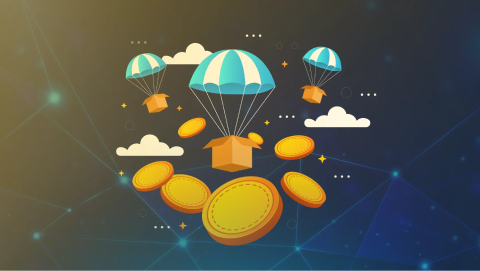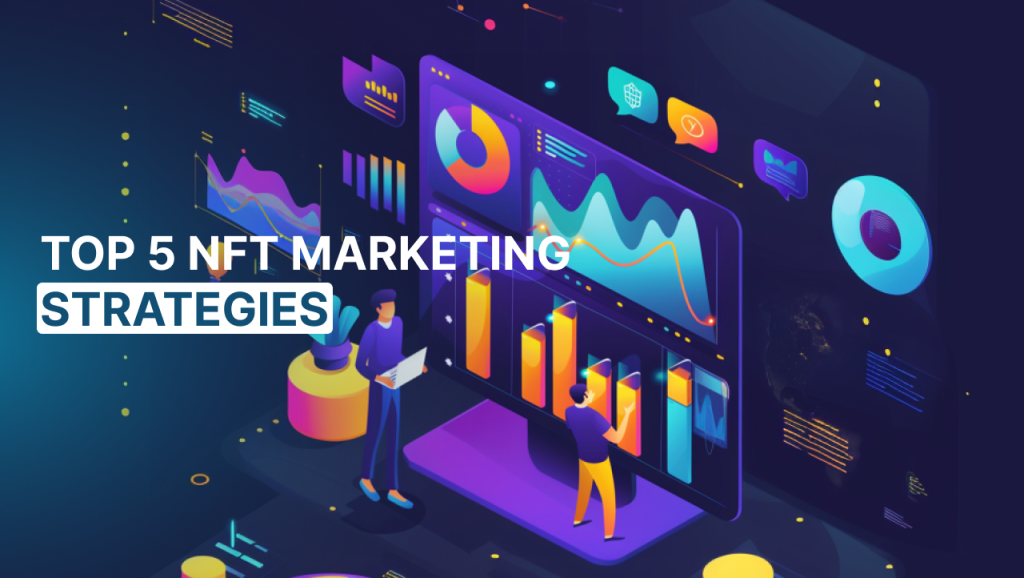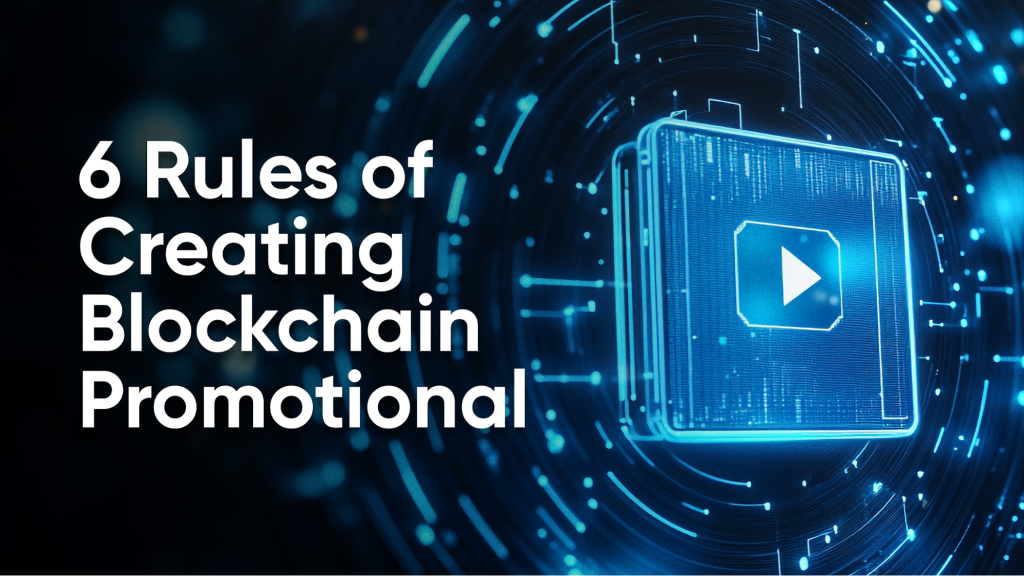Like many blockchain assets, NFTs have had a complicated time in the market thus far. At one time, they were perhaps the hottest digital asset, and companies from Nike to Starbucks were launching NFT-related innovations. NFT marketing strategies were in their golden age at this time, and certain practices were solidified as industry standards. Then, the market hit a major slump, and coupled with mounting criticism from within and outside blockchain spaces, they took a dive in popularity.
2024, however, seems to be the comeback year for NFTs, as interest in them is being renewed. As a marketer, you might be looking to take advantage of this wave and market some NFT projects. To do this, however, you should be aware of the top NFT marketing strategies:
Attached Assets
One of the enduring criticisms of NFTs is that they have no value, but in reality, many NFTs come with valuable perks and assets attached to them. Over the years, we’ve seen NFTs with access to exclusive restaurants and events like Coachella. NFTs have also been used to sell artwork, never-before-seen images, and so on. Needless to say, NFTs do indeed come with benefits.
This is something to hone on within your NFT marketing strategies, as it will convince buyers why they should spend money on your assets. If the NFTs are attached to artwork, make sure it is front and centre of every campaign you run. If it grants access to an exclusive event, make sure this is noted and, ideally, what leads the campaign.
For example, rather than saying, ‘Buy Our NFTs on OpenSea and get access to Coachella,’ say, “Get VIP Coachella Passes and Free Merch With Our NFTs.” The latter gets readers excited faster and will likely drive more engagement.
Exclusivity
At their core, NFTs are valuable for two reasons: no two NFTs are exactly alike, and they are often made in limited amounts. These two things also need to be at the forefront of your NFT marketing strategies to attract customers.
Customers might be a bit curious about buying an NFT if 100,000 of them are minted, but their sense of FOMO and urgency will increase if they know that only 10,000 or 1,000 of them exist. As much as possible, use phrases and words like ‘limited edition’, ‘one-time only’ and ‘one-of-one’ to get potential buyers interested in your assets. If your assets are already on sale, it would be good to note how many are left to drum up more excitement. At every point, it should be communicated that your NFTs are in limited supply.
Airdrops
While it might seem odd considering our last point, airdrops are also a way to market your NFTs. For as long as the blockchain sector has existed, giving assets away has been a powerful way to drum up interest. In the context of NFTs, this can work in several ways.
If your NFT project has several tiers, you could airdrop some assets in the lower tier to users. This gives them a taste of the benefits of the project and could spark discussion around it. You could also promise airdrops of certain tiers of the NFTs to those who already hold assets in another tier. You could also run an airdrop contest where potential users have to engage in the project in some way to get chosen for a drop. Either way, airdrops are a tried and tested way to market crypto projects, including NFTs.

NFT Marketing Strategies for Social Media
It is virtually impossible to carry out an NFT marketing campaign without including social media in some way. The truth is that a successful campaign will have to incorporate social media in several different ways. One important part is building an organic community on Twitter, Telegram, Discord, and other platforms of passionate people about the project. Not only will they be one of your first sets of buyers but they will also help to spread the word about your NFTs.
You might also want to consider influencer marketing using prominent content creators online within the NFT space. Social media ads can also target people who are interested in NFTs and are likely to buy your work. All in all, social media needs to be included in your NFT marketing strategy from its inception.
Leverage Marketplaces
Another thing you should do when marketing your NFTs is take advantage of the ways that your NFT marketplace of choice can be useful. One example would be to reach out to its PR team well before it launched and see if your collection can be featured on its homepage, whether for a fee or not. Getting on the homepage of a site like OpenSea can expose your collection to millions, and this is something to keep in mind.
Many of these platforms also come with marketing tools such as buttons to share your collection on social media, pinning a collection at the top of your profile, and so on. A spotlight feature from one of the marketplaces you use could also boost your collection’s publicity. Sometimes, this comes down to the luck of the draw, but try to find out what tools your marketplace of choice has that could work to your advantage.

Conclusion
NFT marketing strategies are coming back into focus as the asset class is seeing a resurgence in popularity. This means that marketers need to brush up on the top strategies for bringing NFTs to the masses and getting their attention. Much of this has to do with meeting consumers where they are on social media.
When this audience engages with your NFT content, you must emphasize what they will be drawn to, such as exclusivity, the assets attached to the NFTs, and so on. Finally, don’t forget to utilize both airdrop and the various tools available via marketplaces.






